Motion Graphics
Motion graphics are animated or digital footage that is set in motion. They are usually a combination of text and design elements combined with music to create a video. Motion graphics are displayed on screens and are intended for digital usage. While any form of animation can be called motion graphics, the term usually refers to the commercial application of animation and effects to video, film, TV, and interactive applications.
Motion graphics animation differ from 3D & 2D animation by not having a full-blown film defined by characters, plot, narrative, etc.., instead, they are usually used to entertain or relay certain information and they’re usually educational & informational.
The advancement of digital technology in the late 20th century had a huge imprint on motion graphics design. The Apple Mac landed in the early 1980s, which enabled designers to create even more creative title credits for films and TV shows.
Though the technology from the 1980s looks primitive today, by comparison with what had been available in the 1960s and 1970s, it has led to a creative revolution. And as digital technology has advanced further in recent years with software and hardware, the creative capabilities of designers have exponentially increased.
The arrival of the Internet, social media and digital advertising in the 2010s piloted in a new dawn of motion graphic design. Creative agencies began to employ talented designers to create short, animated (and often subtitles) graphics to advertise their client’s products and services often to break down complex processes into simple steps. This practice continues today and motion graphics are the preferred choice when it comes to informative and brief media articles.
Each motion graphics project has to go through 4 main steps as follow:
- Writing a script that tells a story: Even though motion graphics are short, usually ranging from 30 seconds to 3 minutes, we still need a script to detail either dialogue or story direction. The script should be very specific and the key to scripting a motion graphics video is to deliver the right message in the briefest way possible while keeping it extremely informative.
- Creating a storyboard: Similar to most types of animated videos, a storyboard is an essential part of our video and in it we will set the mood, elements, and flow of the video. Once the storyboard is approved by the client, we can move on to the next step.
- Turning the storyboard into a design: Once the storyboard is approved, we can start by designing the elements and add colors, scenery, and all the essential elements to bring our animation to life. This is the most crucial phase as all our design elements are pending animation now and this dictates the look and feel of our video.
- Animation: At this point, we will start animating our previous designs and everything will come together, we should all have an understanding of what the outcome will be since all the previous steps were approved. This is the phase where sound effects and music come into play and sync with the visual elements.
Our skilled artists at ARC have mastered creating different types of motion graphics, whether your company needs emotive videos that spark the emotions of the audience, an explainer video to relay info about a new product or service, or simply a short informative promotional video. Get in touch today to get the best motion graphic video that will fulfill your needs!
Unleashing your imagination goes beyond words, at ARC Studios, we have built a team of dedicated writers, visual artists, animators who work in harmony and put their extensive expertise to translate your imagination into a uniquely crafted piece of animated content that you can share with the world and be proud of.
Today, ARC Studios is the leading content production studio in Saudi Arabia that offers you the chance to tell your story through stunning visuals that will set you apart and elevate your senses. Get in touch today to bring your vision to reality!
